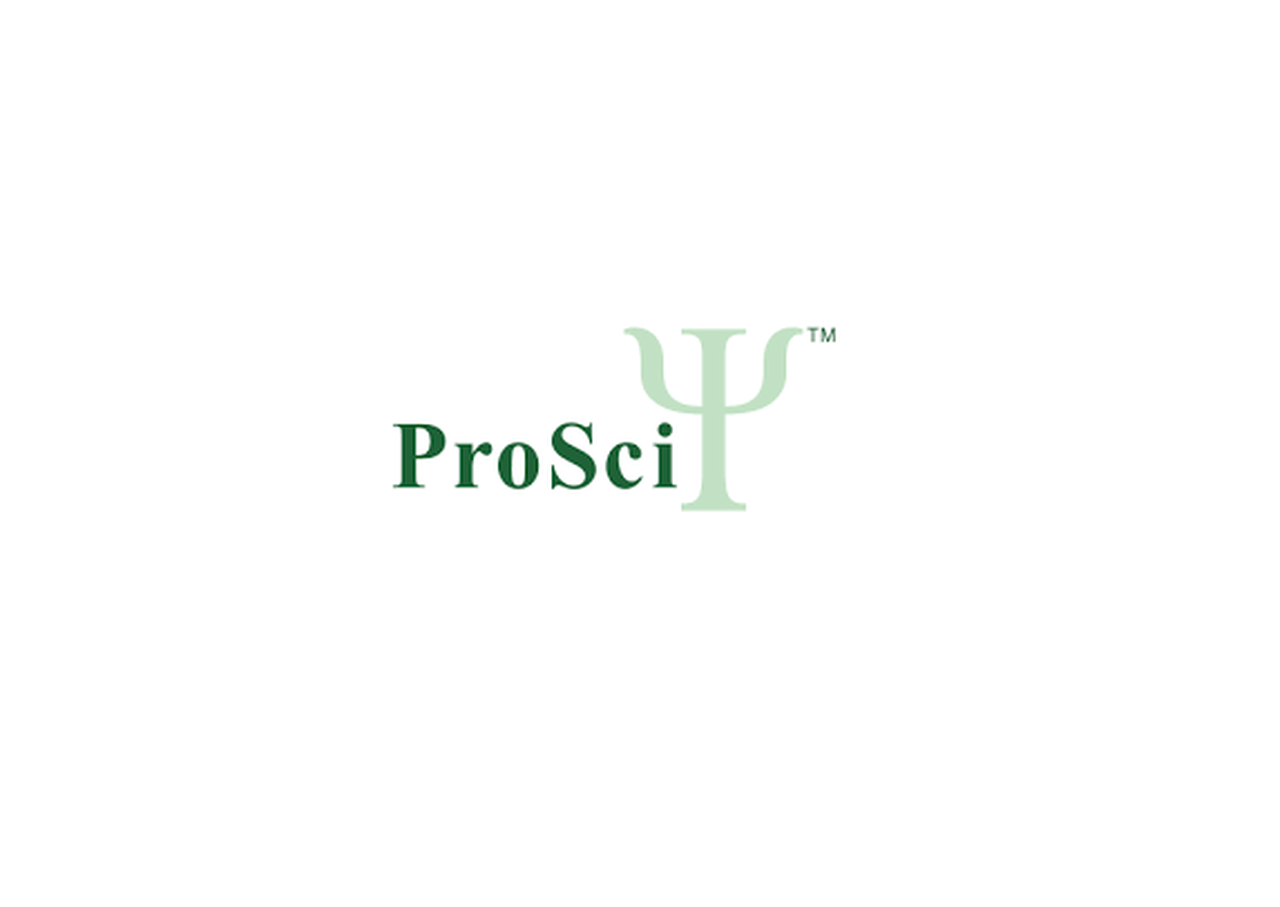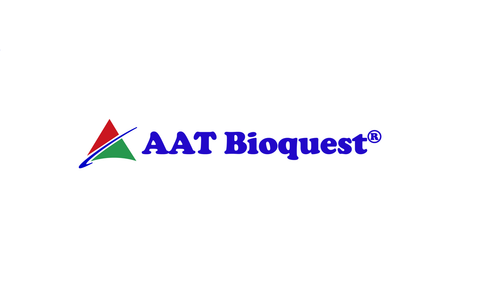Product Description
Potassium Channel (phospho Ser503) Antibody | 50-235 | ProSci
Host: Rabbit
Reactivity: Mouse, Rat
Homology: N/A
Immunogen: Phosphopeptide corresponding to amino acid residues surrounding the phospho-Ser503 of the voltage-gated potassium channel Kv3.1, conjugated to keyhole limpet hemocyanin (KLH) .
Research Area: Phospho-Specific
Tested Application: WB, IHC
Application: The antibody has been directly tested for reactivity in Western blots with rat and mouse tissue.
Specificiy: N/A
Positive Control 1: N/A
Positive Control 2: N/A
Positive Control 3: N/A
Positive Control 4: N/A
Positive Control 5: N/A
Positive Control 6: N/A
Molecular Weight: 100
Validation: N/A
Isoform: N/A
Purification: Affinity Purified
Clonality: Polyclonal
Clone: N/A
Isotype: N/A
Conjugate: Unconjugated
Physical State: Liquid
Buffer: N/A
Concentration: N/A
Storage Condition: Potassium Channel antibody can be stored at -20˚C and is stable at -20˚C for at least 1 year.
Alternate Name: N/A
User Note: Optimal dilutions for each application to be determined by the researcher.
BACKGROUND: Voltage-gated K+ channels are important determinants of neuronal membrane excitability. Moreover, differences in K+ channel expression patterns and densities contribute to the variations in action potential waveforms and repetitive firing patterns evident in different neuronal cell types (Maletic-Savatic et al., 1995; Pongs, 1999; Blaine and Ribera, 1998; Burger and Ribera, 1996) . The Kv3.1 potassium channel is expressed at high levels in neurons that characteristically fire rapid trains of action potentials (Gan et al., 1999) . Particularly high levels of this channel are found in neurons of the auditory brainstem. These neurons appear to participate in neural circuits that determine the intensity and timing of auditory stimuli and use this information to determine the location of sounds in space (von Hehn et al., 2004) .
 Euro
Euro
 USD
USD
 British Pound
British Pound
 NULL
NULL










